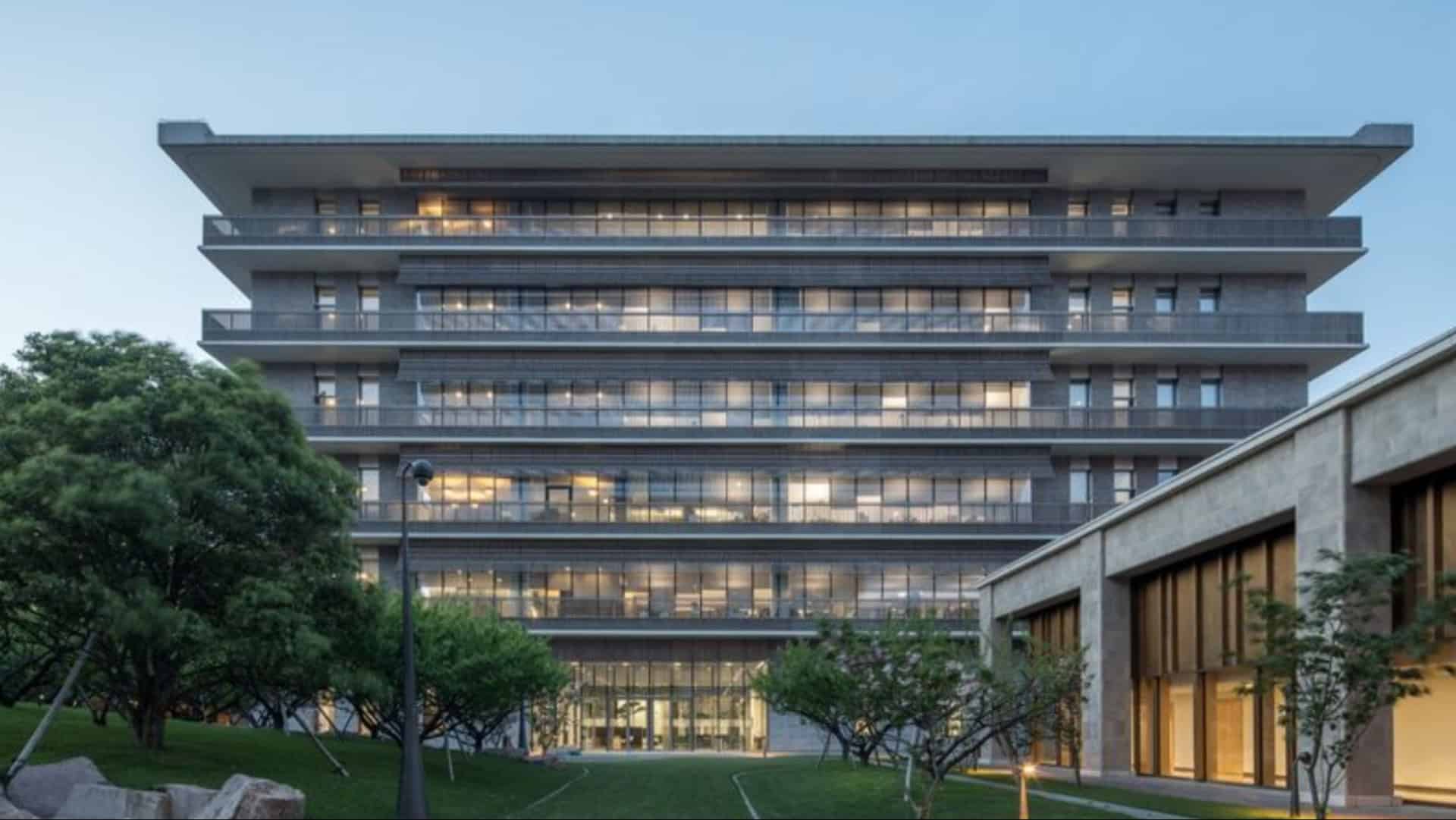Liu Jiakun, an illustrious figure in modern architecture, is celebrated for his innovative urban projects.
With a career spanning four decades, Jiakun has significantly impacted architectural landscapes, particularly in China.
As the founder of Jiakun Architects, his work encompasses a diverse range of structures, including cultural institutions, civic spaces, and urban landscapes.
His remarkable achievements were recognized with the Pritzker Architecture Prize in 2025.
Explore 10 of Liu Jiakun’s most iconic designs, each a testament to his vision and creativity in redefining architectural norms.
1. Luyeyuan Stone Sculpture Art Museum, China, 2002
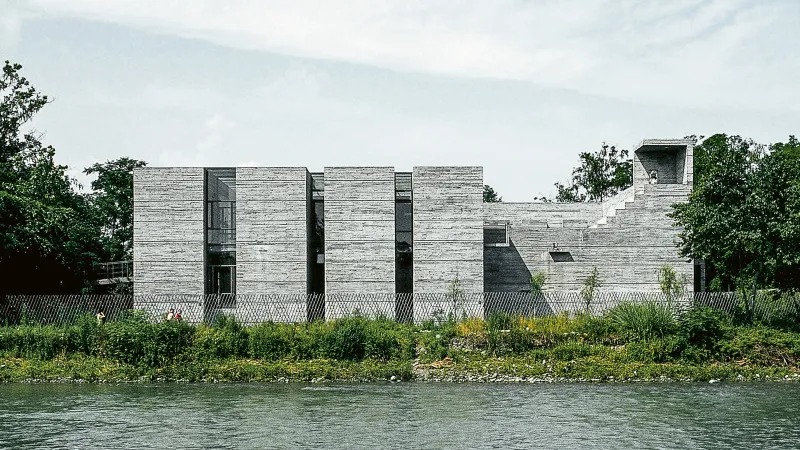
Located in China, the Luyeyuan Stone Sculpture Art Museum, designed by Liu Jiakun in 2002, is a revered cultural landmark.
This museum’s design exemplifies Jiakun’s minimalist approach, characterized by expansive stone facades that harmonize with the surrounding natural landscape.
Inside, vast open exhibition spaces invite visitors to immerse themselves in the art of stone sculpture.
The museum seamlessly integrates indoor and outdoor environments, creating a serene and contemplative atmosphere.
Jiakun’s architectural genius is evident in the innovative structural solutions used to accommodate the museum’s diverse artistic displays.
This project highlights his commitment to fostering cultural enrichment through thoughtful design.
2. Department of Sculpture, Sichuan Fine Arts Institute, China, 2004
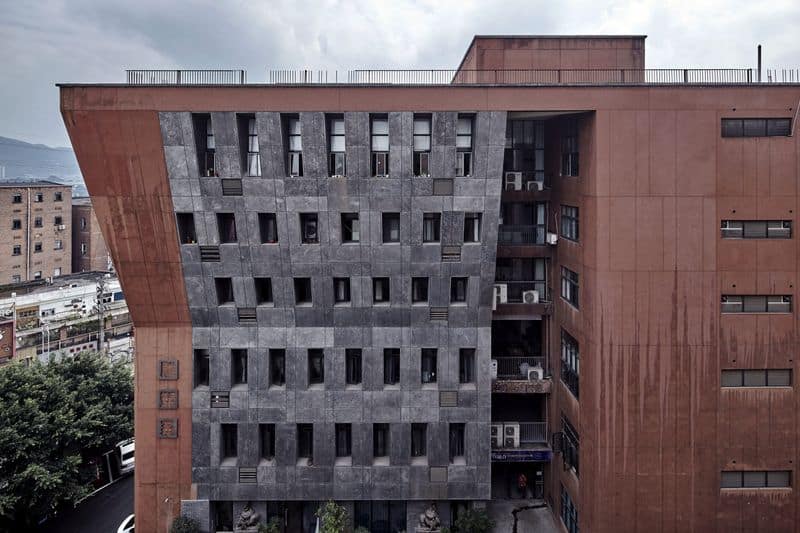
The Department of Sculpture at Sichuan Fine Arts Institute, completed in 2004, showcases Liu Jiakun’s flair for merging art and architecture.
The building’s design features dynamic forms and artistic facades that reflect the creativity within.
Its layout encourages interaction and collaboration, with outdoor spaces that serve as extensions of the indoor studios.
Jiakun’s design philosophy emphasizes flexibility, allowing spaces to adapt to various artistic needs.
This approach fosters an environment where creativity can thrive, providing students and faculty with a stimulating setting for artistic exploration.
Jiakun’s work here demonstrates his commitment to enhancing educational institutions through innovative architecture.
3. Design Department, Sichuan Fine Arts Institute, China, 2006
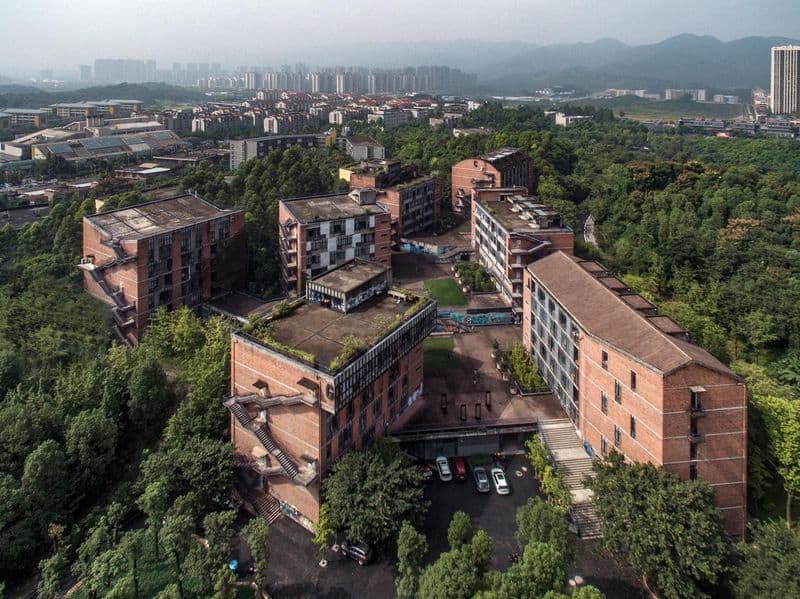
In 2006, Liu Jiakun designed the Design Department at Sichuan Fine Arts Institute, emphasizing innovation and sustainability.
The building employs eco-friendly materials and includes flexible workspaces to inspire creativity. Jiakun’s design is marked by artistic facades, offering a visually engaging experience that reflects the department’s creative spirit.
The layout promotes collaboration, providing students and faculty with adaptable spaces for varied artistic projects.
Jiakun’s commitment to sustainable architecture is evident in the building’s energy-efficient features.
This project underscores his dedication to creating educational environments that foster innovation and reflect the values of the institutions they serve.
4. Museum of Clocks, Jianchuan Museum Cluster, China, 2007
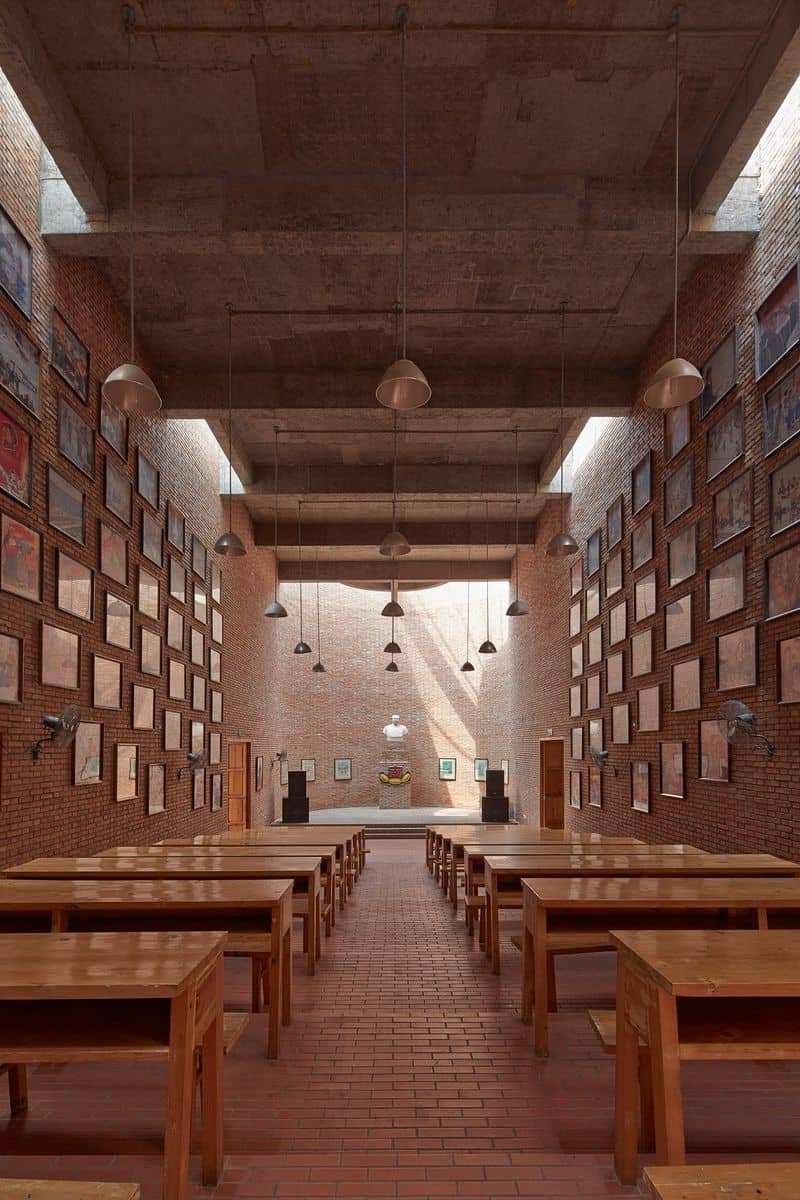
Nestled within the Jianchuan Museum Cluster in China, the Museum of Clocks, created by Liu Jiakun in 2007, is a fascinating tribute to timekeeping.
The museum’s architecture is thematically aligned with its exhibits, featuring clock-inspired designs and intricate details.
Jiakun’s thoughtful design ensures that visitors are engaged both visually and intellectually, with interactive exhibits that delve into the history and mechanics of clocks.
This museum highlights Jiakun’s ability to blend thematic elements with architectural innovation, creating a captivating experience that educates and entertains.
It stands as a testament to his skill in crafting spaces that engage the public in meaningful ways.
5. Hu Huishan Memorial, China, 2009
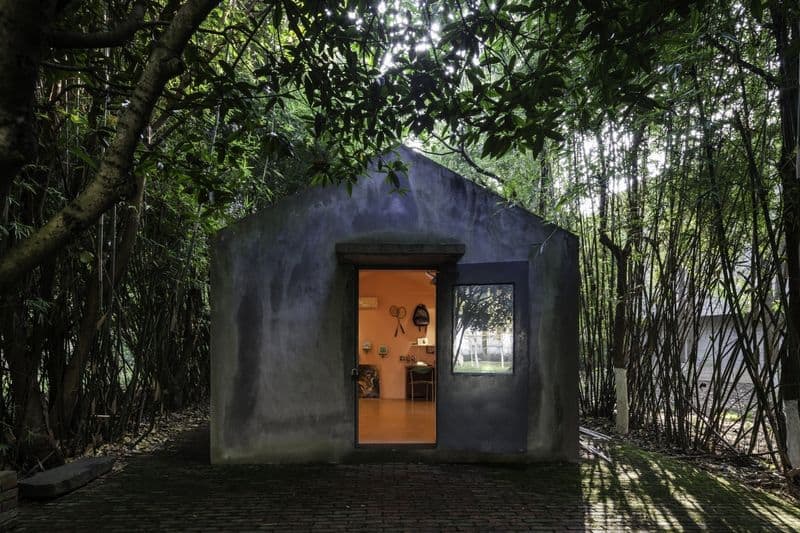
The Hu Huishan Memorial, completed in 2009, is a solemn tribute crafted by Liu Jiakun.
Located in China, this memorial is a serene space that incorporates minimalist architecture with natural elements.
Jiakun’s design focuses on creating contemplative spaces that invite reflection and remembrance.
The use of natural materials and open spaces enhances the memorial’s tranquil atmosphere, offering visitors a place for introspection.
Jiakun’s architectural approach here reflects his deep respect for cultural heritage and the power of architecture to evoke emotion and memory.
This project exemplifies his skill in designing spaces that honor the past while providing solace and inspiration.
6. Shuijingfang Museum, China, 2013
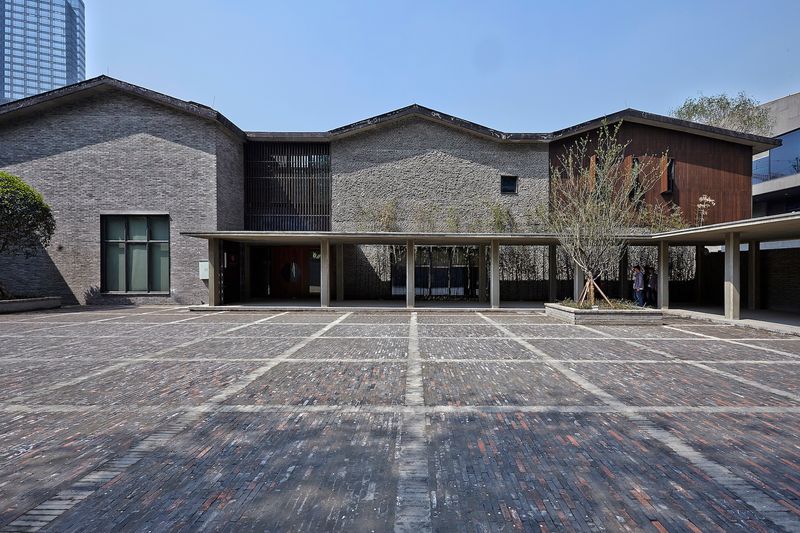
Liu Jiakun’s design of the Shuijingfang Museum in 2013 presents a modern tribute to one of China’s cultural treasures.
The museum’s sleek architecture is complemented by engaging cultural displays and interactive exhibits that bring the history of Shuijingfang to life.
Jiakun’s design facilitates a seamless flow between exhibition spaces, encouraging visitors to explore and engage with the cultural narrative.
The use of modern materials and technology enhances the museum’s educational mission, making it an inviting destination for learning and discovery.
Jiakun’s work here underscores his dedication to preserving cultural heritage through innovative architectural solutions.
7. Novartis Shanghai, China, 2014
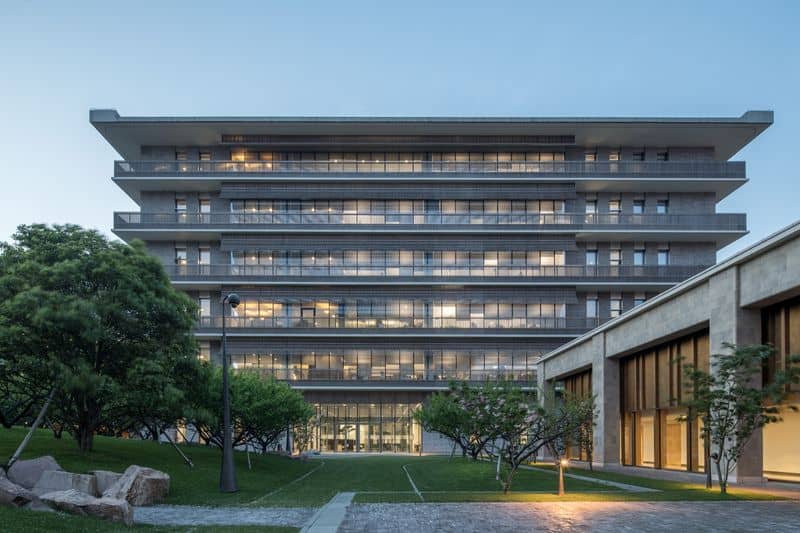
In 2014, Liu Jiakun designed the Novartis Shanghai office, showcasing his expertise in creating sustainable and state-of-the-art work environments.
The building features eco-friendly architecture, with innovative design elements that promote energy efficiency and occupant well-being.
Jiakun’s design integrates natural light and green spaces, creating a harmonious balance between the built environment and nature.
The office layout encourages collaboration and productivity, reflecting Novartis’s commitment to innovation and sustainability.
Jiakun’s architectural vision here highlights his ability to align client goals with cutting-edge design principles, resulting in a workplace that is both inspiring and environmentally responsible.
8. West Village, China, 2015
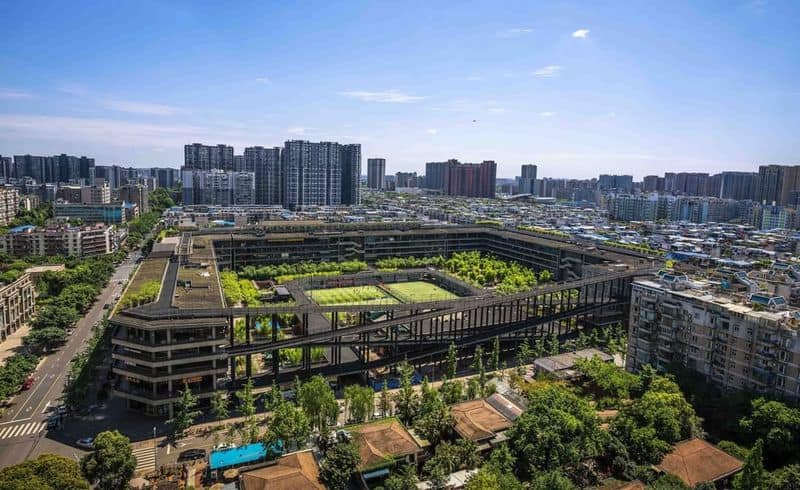
West Village, a modern urban development completed in 2015, exemplifies Liu Jiakun’s vision for creating vibrant, community-focused spaces.
Located in China, this project integrates mixed-use spaces with green architecture, promoting sustainability and connectivity. Jiakun’s design encourages community interaction, with public spaces that serve as hubs of social engagement.
The development incorporates eco-friendly materials and innovative design solutions that prioritize environmental responsibility.
Jiakun’s work at West Village underscores his commitment to enhancing urban living through thoughtful and inclusive design.
This project is a testament to his skill in transforming urban landscapes into thriving, sustainable communities.
9. Suzhou Museum of Imperial Kiln Brick, China, 2016
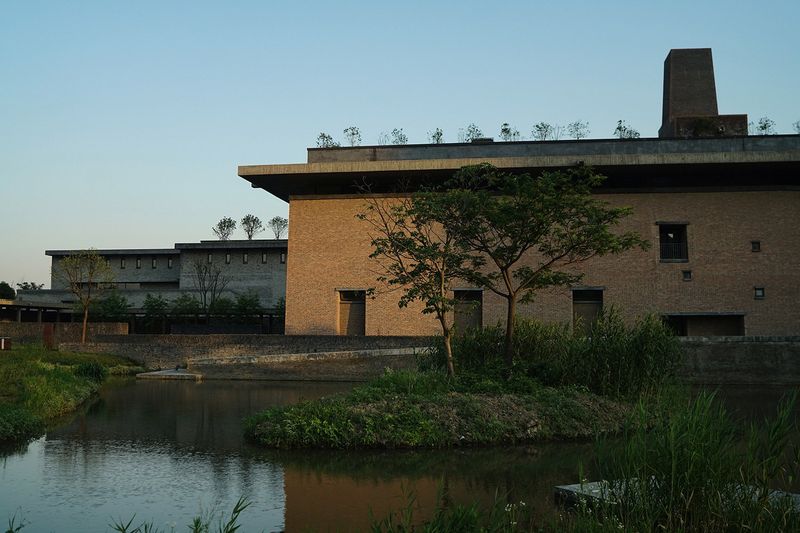
The Suzhou Museum of Imperial Kiln Brick, designed by Liu Jiakun in 2016, is a harmonious blend of traditional and modern architecture.
This museum in China celebrates the historic art of kiln brick-making, integrating traditional elements into its design.
Jiakun’s approach respects the cultural significance of the subject while incorporating modern architectural techniques to enhance visitor experience.
The museum’s layout and design encourage exploration and appreciation of this unique cultural heritage.
Jiakun’s work here reflects his ability to honor tradition while embracing contemporary design, creating a space that educates and inspires visitors about a significant aspect of Chinese history.
10. Songyang Culture Neighbourhood, China, 2020
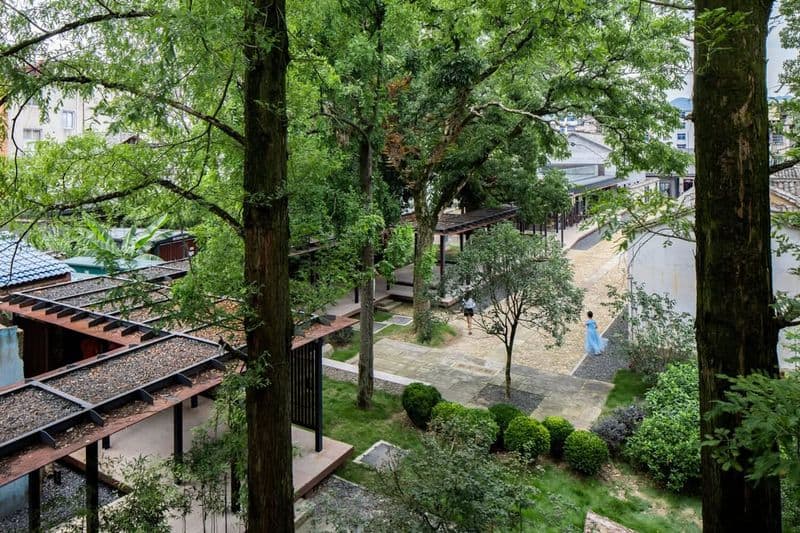
In 2020, Liu Jiakun completed the Songyang Culture Neighbourhood, a project that beautifully merges traditional Chinese architecture with modern design elements.
Located in China, this neighborhood fosters community engagement through its vibrant spaces and cultural facilities.
Jiakun’s design respects the area’s historical context while introducing contemporary features that enhance livability and aesthetic appeal.
The neighborhood’s layout encourages social interaction, with public areas that serve as cultural and recreational hubs.
Jiakun’s work here illustrates his commitment to creating environments that blend tradition with innovation, fostering a sense of community and cultural identity.
This project is a testament to his visionary approach to urban design.

